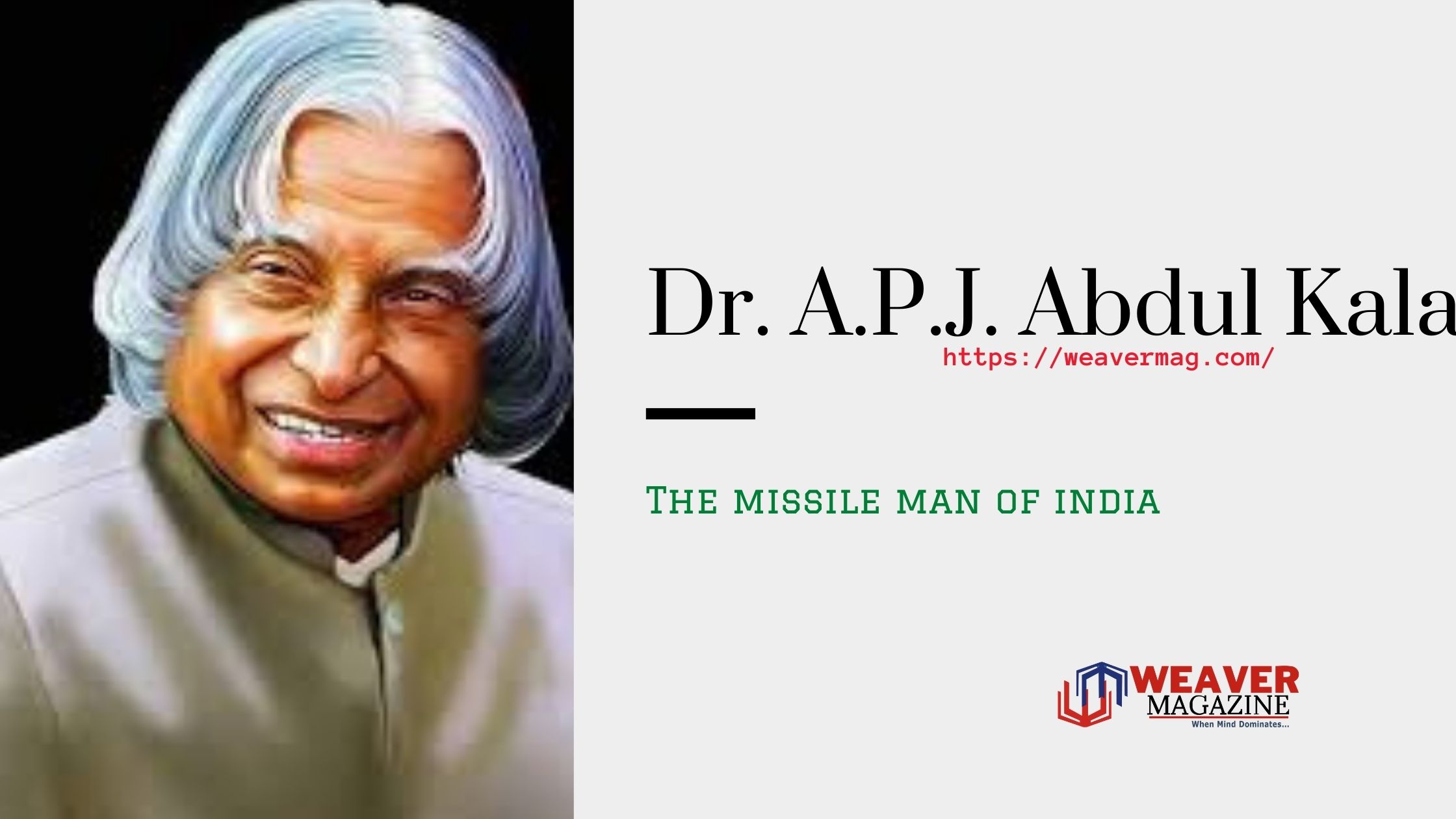It is hard to imagine development of any nation without the development of rural economy. The real development of India lies in the economic betterment of people who lives in the rural India for which government makes strong policies. MGNREGA is on the line of social inclusion and economic development of rural areas.
MGNREGA is considered as the most ambitious social security and public works programme in the world. World Bank in its World Development Report 2014 applauded it and termed it as a “stellar example of rural development”. In a country, where 74 percent population lives in the rural areas and hold more than 40 percent of poorest among the poor people in rural areas, programme like MGNREGA serves as a promise, as a hope to take away the burden of economic and social exclusion. The programme was launched as National Rural Employment Guarantee Act (NREGA) in 2005 which was later changed to Mahatma Gandhi National Rural Employment Guarantee Act (MGNREGA) on 2 October, 2009. It targets causes of chronic poverty, aims to remove extreme hardships and at making villages self sustaining through productive assets creation. It promises the legal right of at least 100 days of paid employment to any household on employees demand. MGNREGA is the response to the constitutionally manifested right to work and a means to promote livelihood security in rural India. MGNREGA hold various ambitions such as providing employment, addressing rural poverty, checking migration and building infrastructure. It provides fair opportunity to people from rural India to earn their income without any discrimination of caste, gender and sex. MGNREGA’s inclusivity goes beyond SC/ST and women to accommodate the differently able as well as elderly by allocating tasks to them according to their abilities
Under MGNREGA, labor intensive tasks are carried out for economic development and creating Infrastructure for social benefits such as land development, water conservation and harvesting , rural connectivity to provide all weather roads among others. Various studies have found that the MGNREGA initiative has reduced poverty and prevented many from falling into poverty. It has helped in enhancing health quotient and improved food and nutrient intakes as a consequence of the employment programme. The poorer amongst the poor sections of the society have been more attracted to the employment programme.
MGNREGA programme aimed to strengthen decentralized participatory planning and Panchayati Institutions for deepening grassroot democracy. The main implementing agency of MGNREGA is Gram Panchayats who are accountable towards Gram Sabha. It fosters greater transparency and accountability in governance. It relies heavily on the ability of village panchayats and district administration to work and execute annual labour budgeting and asset planning.
In rural areas, agriculture and allied activities are the major livelihood activities. The Lack of alternative livelihood and skill development opportunities are the primary cause of migration. Due to Covid-19, India faced a grave migrant crisis. The lack of employment opportunities due to stringent lockdown is the major cause of reverse migration. This reverse migration has changed the dynamics of labor market’s demand and supply. The demand of work has increased under MGNREGA significantly. The central government enhanced the MGNREGA budget by 40,000cr. However, the scale of reverse migration and lack of opportunity in rural India despite enhancement in fund allocation to MGNREGA point to a grim situation.
MGNREGA is plagued with some design and implementation issues which can reduce the effectiveness of the programme .The workers suffer the brunt of regular payment delays. Such delays will reverse the gains made in poverty reduction and can be detrimental to the achievement of the first Sustainable Development Goal of ‘No Poverty’. The banking Infrastructure is poor in rural areas leading to overcrowding of banks and ultimately delays of payment. Often, in places where MGNREGA is needed the most, unfortunately ,both village panchayats and native administration tend to be weaker.
However, despite various loopholes and criticism, the nation cannot risk to neglect the importance of MGNREGA. The pandemic has shown that there is heavy dependence on MGNREGA for employment in the rural areas. To overcome the shortcoming, changes need to be made in the existing MGNREGA programme. A new category of works without any physical asset creation, for example, hygiene and sanitization workers, as such needs to be approved. Skill development training should be provided to semi skilled workers. The panchayats and local administration needs to be strengthened to effectively implement the programme. A step in the right direction can change the face of MGNREGA and will enhance its capacity to positively impact the rural population.
Above all, let us not forget that ” India lives in its villages” and their development must be the priority of the nation.
BY: NISHI










